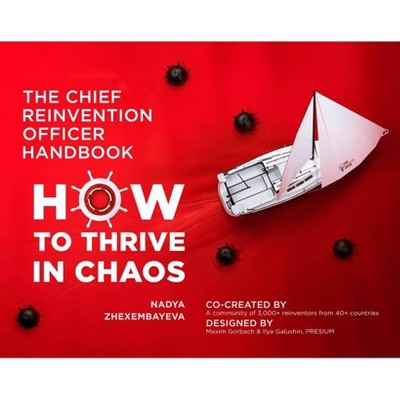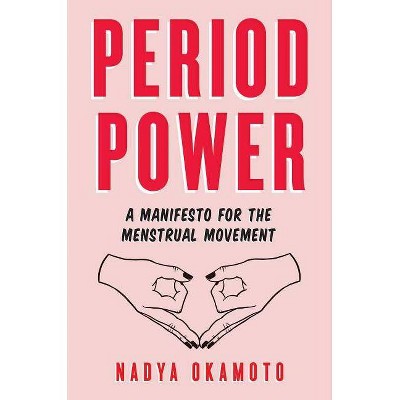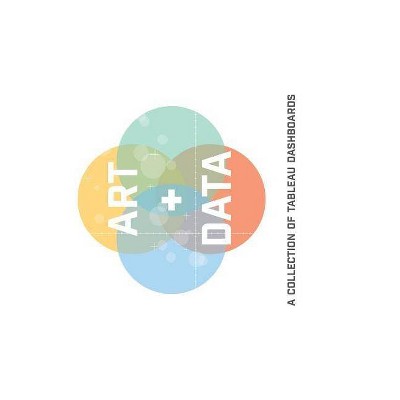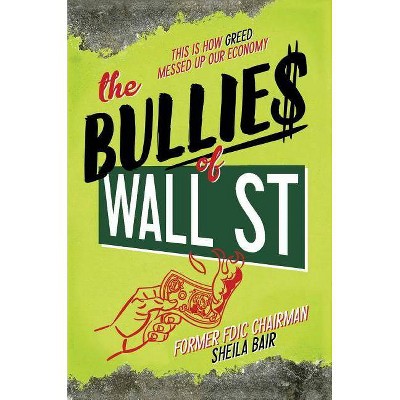The Decisive Network - by Nadya Bair (Hardcover)
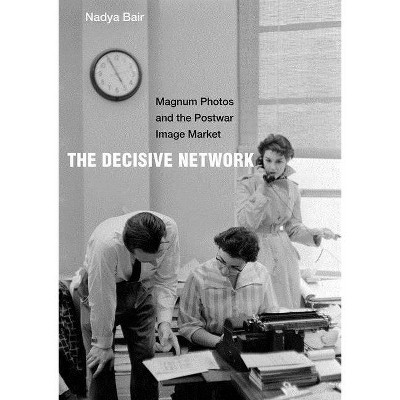
Similar Products
Products of same category from the store
AllProduct info
<p/><br></br><p><b> About the Book </b></p></br></br>"Since its founding in 1947, the legendary Magnum Photos agency has been telling its own story: Its photographers were concerned witnesses to history and artists on the hunt for decisive moments; their pictures were humanist documents of the postwar world. Based in unprecedented archival research, The Decisive Network peels back layers of the Magnum mythology to offer a new history of what it meant to shoot, edit, and sell news images after World War II. Between the 1940s and 1960s, Magnum expanded the human-interest story - about the everyday life of ordinary people - to global dimensions while bringing the aesthetic of news pictures into new markets. Its best-known work started as humanitarian aid promotion, travel campaigns, corporate publicity, and advertising. Working with this range of clients, Magnum made photojournalism integral to visual culture. Yet Magnum's photographers could not have done this alone. This book unpacks the collaborative nature of photojournalism as it transpired on a daily basis, focusing on how picture editors, sales agents, spouses, and publishers helped Magnum photographers succeed in their assignments and achieve fame. The Decisive Network concludes in the late 1960s and early 1970s, when, amidst the decline of magazine publishing and the rise of an art market for photography, Magnum turned to photo books and exhibitions to manage its growing picture archives and consolidate its brand. In that moment, Magnum's photojournalists became artists and their assignments turned into oeuvres. Such ideas were necessary publicity, and they also managed to shape discussions about photography for decades. Bridging art history, media studies, cultural history, and the history of communication, this book transforms our understanding of the photographic profession and the global circulation of images in the pre-digital world"--<p/><br></br><p><b> Book Synopsis </b></p></br></br><p>Since its founding in 1947, the legendary Magnum Photos agency has been telling its own story about photographers who were witnesses to history and artists on the hunt for decisive moments. Based on unprecedented archival research, <i>The Decisive Network</i> unravels Magnum's mythologies to offer a new history of what it meant to shoot, edit, and sell news images after World War II. <p/> Nadya Bair shows that between the 1940s and 1960s, Magnum expanded the human-interest story to global dimensions while bringing the aesthetic of news pictures into new markets. Working with a vast range of editorial and corporate clients, Magnum made photojournalism integral to postwar visual culture. But its photographers could not have done this alone. By unpacking the collaborative nature of photojournalism, this book shows how picture editors, sales agents, spouses, and publishers helped Magnum photographers succeed in their assignments and achieve fame. Bair concludes in the late 1960s and early 1970s, when changing market conditions led Magnum to consolidate its brand. In that moment, Magnum's photojournalists became artists and their assignments oeuvres. Bridging art history, media studies, cultural history, and the history of communication, <i>The Decisive Network</i> transforms our understanding of the photographic profession and the global circulation of images in the predigital world.</p><p/><br></br><p><b> From the Back Cover </b></p></br></br>"This wonderfully rich, archival study reveals the long-forgotten impacts of the marketplace and mid-century humanism on the Magnum vision. In the process, it helps reframe the history of the Magnum Agency and of Cold War American visual culture too."--Fred Turner, author of<i> The Democratic Surround: Multimedia and American Liberalism from World War II to the Psychedelic Sixties</i> <p/> "An exemplary combination of enterprising archival research, methodological sophistication, and ambitious questioning. The importance of Bair's study stems from the cultural historical significance of its subject--Magnum Photos--the insights it brings to the imagery of global capitalism, and the methodological innovations it develops to treat the full network of agents involved in producing mass-market images, including art editors, printers, assistants, graphic designers, and promoters, in addition to the well-known photographers."--Michael Leja, James and Nan Wagner Farquhar Professor of History of Art, University of Pennsylvania <p/> "Bair has written a fascinating behind-the-scenes history of the legendary photo agency Magnum. She destroys the myth of the lone genius photographer, revealing the important creative contributions of home office staff, magazine editors, curators, and other cultural professionals. Read this book to learn how great art is really made."--Rodney Benson, author of <i>Shaping Immigration News</i> <p/> "A significant work of new scholarship that examines the unique technological, cultural, and economic demands of photojournalism that Magnum navigated in the aftermath of World War II. This deeply researched, engagingly written, and provocative new study of Magnum Photo takes a new look at facts that have remained marginal to most peoples' sense of the organization."--Jennifer Tucker, Associate Professor of History, Wesleyan University <br><p/><br></br><p><b> Review Quotes </b></p></br></br><br>"An archivally rich and methodologically innovative study."-- "Art Journal"<br><br>"Bair's independent thinking ?. . . and the innovative premise used to map them is just the kind of thing photo history needs more of.?"-- "Critical Inquiry"<br><br>"In this impressively researched study of the early decades of Magnum, Nadya Bair uncovers the complex interactions of artistic ambition and business acumen that somehow produced a kind of order out of chaos. . . . An important contribution to the growing reassessment of photographic history. "-- "Inside Story"<br><br>"Ms. Bair's book excels at revealing Magnum's secret history as a supplier for companies eager to appropriate Magnum's empathetic point of view."-- "Wall Street Journal"<br><p/><br></br><p><b> About the Author </b></p></br></br><b>Nadya Bair </b>is a Getty/ACLS Postdoctoral Fellow in the History of Art.
Price History
Price Archive shows prices from various stores, lets you see history and find the cheapest. There is no actual sale on the website. For all support, inquiry and suggestion messages communication@pricearchive.us




